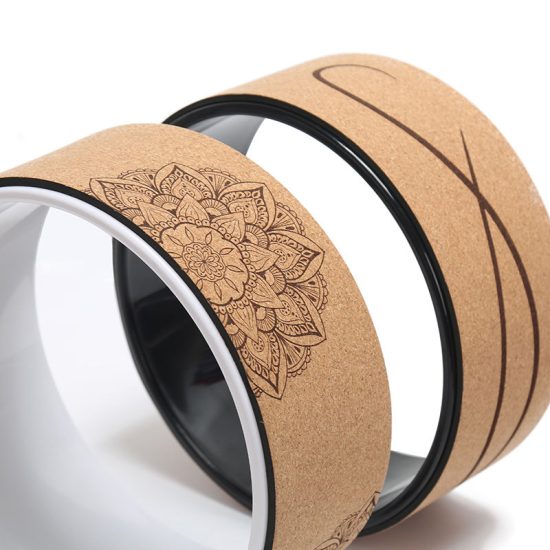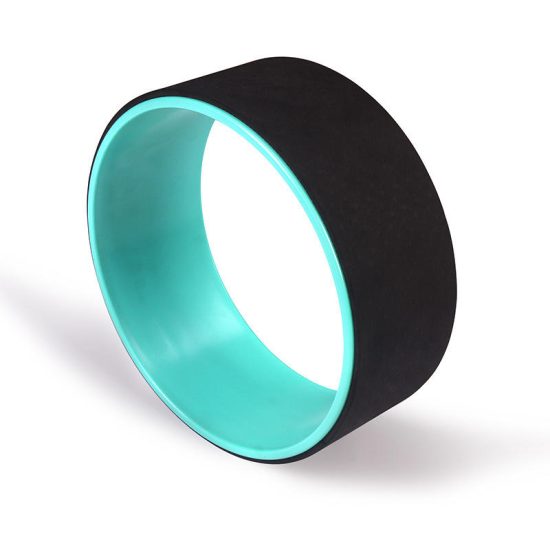Choosing the perfect yoga mat depends on several factors, including your personal preferences, the type of yoga you practice, and your budget. Here are some key considerations to help you find the right yoga mat for you:
- Material:
- PVC (Polyvinyl Chloride): This is a common material for yoga mats. It’s durable, affordable, and provides good grip. However, it may not be the most eco-friendly option.
- TPE (Thermoplastic Elastomer): TPE mats are often considered more environmentally friendly than PVC. They are non-toxic, lightweight, and have good cushioning.
- Natural Rubber: Mats made from natural rubber are slip-resistant and offer excellent grip. They are also more eco-friendly but can have a distinct odor.
- Thickness:
- Thin Mats (1/16 inch – 1/8 inch): These mats are usually lightweight and easy to carry. They are suitable for styles like Ashtanga or Vinyasa where you need a strong connection to the floor.
- Standard Mats (1/4 inch): These provide a balance of comfort and stability, making them suitable for various yoga styles.
- Thick Mats (1/2 inch or more): These offer extra cushioning and are great for individuals who need more joint support, such as those with knee issues.
- Texture and Grip:
- Sticky Texture: Look for a mat with a non-slip surface to prevent your hands and feet from slipping during poses.
- Open-Cell vs. Closed-Cell Construction: Open-cell mats absorb moisture and provide better grip but may wear out faster. Closed-cell mats are more durable but can be slippery when wet.
- Size:
- Ensure that the mat is long and wide enough for your body size. Standard dimensions are around 24 inches by 68 inches, but taller individuals may prefer longer mats.
- Weight:
- If you plan to carry your mat to classes, consider a lightweight option. Thicker, more cushioned mats may be heavier.
- Eco-Friendliness:
- If environmental impact is important to you, consider mats made from sustainable materials. Some mats are made from recycled materials or natural rubber.
- Price:
- Yoga mats come in a wide price range. Consider your budget, but also keep in mind that a high-quality mat can be a worthwhile investment in your practice.
- Maintenance:
- Check the care instructions. Some mats are easy to clean with just a wipe, while others may require more attention.
- Reviews:
- Read reviews from other users to get an idea of the mat’s performance, durability, and any potential issues.
Ultimately, the perfect yoga mat is the one that suits your needs, feels comfortable, and enhances your practice. Consider trying out mats in a store or borrowing different ones from friends before making a final decision.


